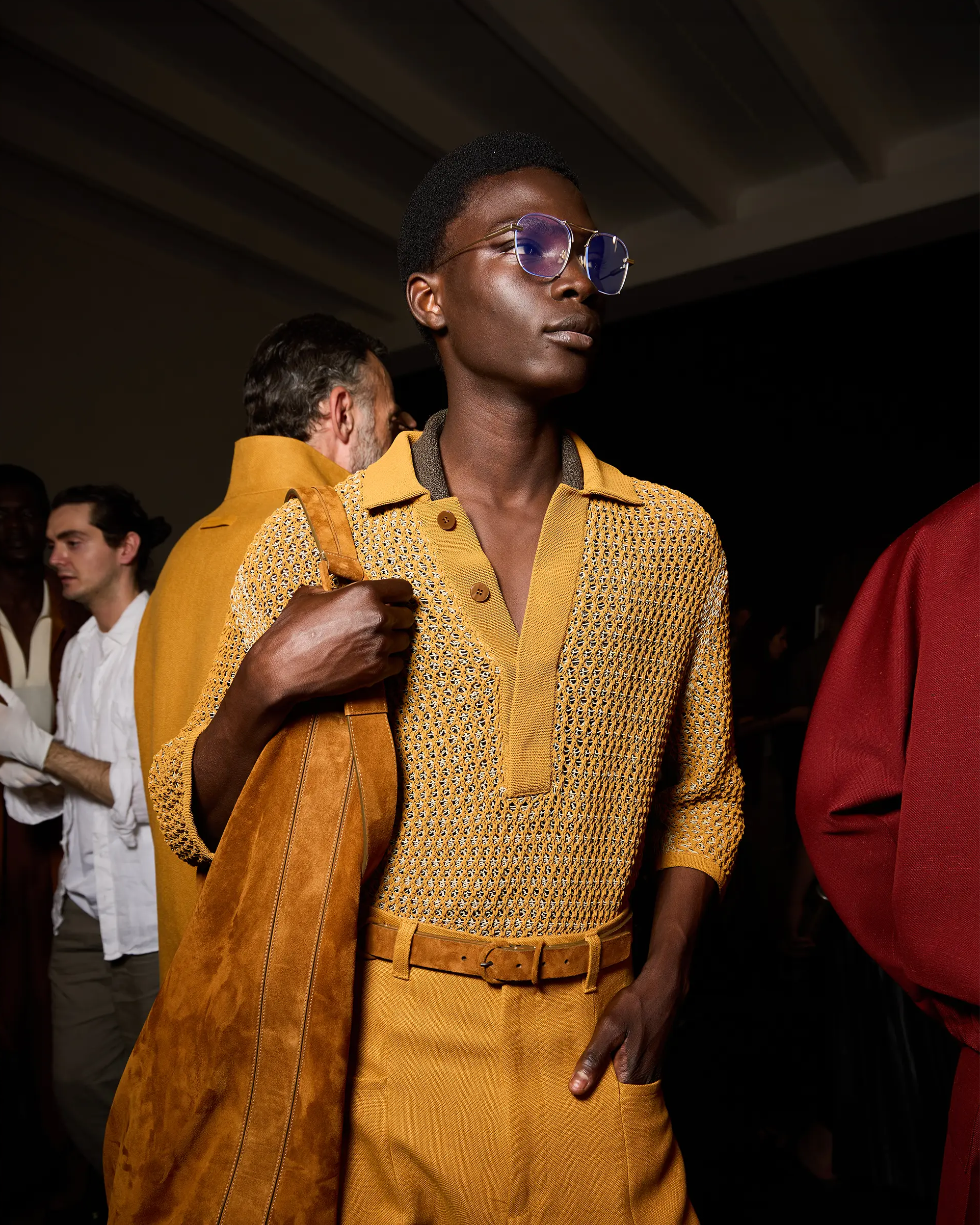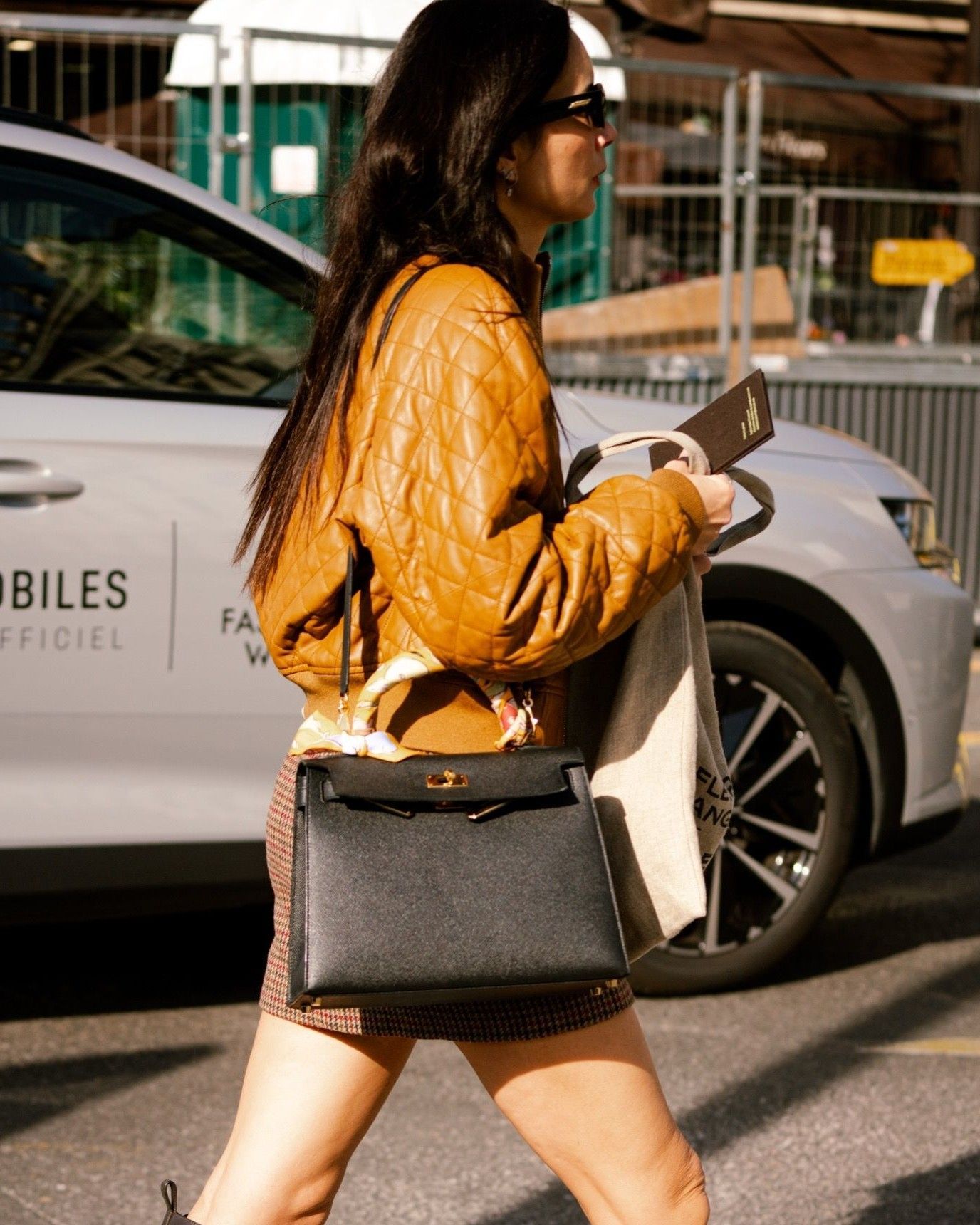
Why is “brand stability” the only antidote to the luxury crisis? How Hermès and Zegna are weathering global industry woes
This week, the major luxury groups and players released their mid-year or end-of-quarter financial results, as the case may be. It seems that the entire luxury industry has been hit both by a phase of internal instability, with a large number of creative and managerial changes; and by the cooling of Chinese spending due to a cultural shift in the country where the government has begun to strongly disapprove of excessive displays of wealth, and due to a period of economic stagnation that has pushed many Chinese to travel to Japan for shopping, causing a depression in retail in the country. This unpromising scenario has caused quite a few headaches for groups like LVMH and Kering, already engaged in expensive investments worldwide, but as usual, there are other players who are more resilient to this crisis. And the two main ones have something in common: the first is Hermès, a brand that managed to grow during Covid and has essentially never stopped selling at full speed; the second is the Zegna Group, whose growth this year has perhaps been influenced by a series of long-term strategic investments but is experiencing a brilliant 2024, which saw Tom Ford (only the clothing business, the perfume and beauty business is separate) enter its portfolio and promises new months of future expansion. The progress of both entities, in short, seems to demonstrate that the charm of heritage luxury is far from declining.
@.monicamendoza First time at the Hermès flagship store in Paris! Can you guess which shoes I got? #hermes #fyp #paris #paristiktok #parisshopping #comeshopwithme #comeshoppingwithme #tryon #tryonhaul #shopping #shoppingvlog #luxury #birkin #kelly original sound - MÓNICA
In such a complex year, Hermès saw an impressive 11.5% increase in revenue in the second quarter, reaching 3.7 billion euros - a performance that exceeded HSBC's already optimistic forecast of 10.7% growth and made the brand the company with the highest margins in the sector. At constant exchange rates, Hermès' revenue increase was even more pronounced, at 13.3%, with double-digit growth in all regions, maintaining the brand's appeal for VICs and high-end customers in both the United States and China. The company's financial resilience is further evidenced by its robust net profit for the first half, which increased by 7% to 2.38 billion euros, in stark contrast to the profit declines recorded by rivals like LVMH and Kering. Hermès' leather goods sector, a cornerstone of its product line, recorded remarkable organic growth of 17.9%, while ready-to-wear and accessories improved by 15.1%. Despite the drop in mall traffic in China and currency headwinds, Hermès managed to navigate every obstacle while recording a negative exchange rate impact of 207 million euros in the first half. Among the negative data, silk and textile sales decreased by 5.6% and watches fell by 4.9% in the second quarter - but it can be said that these are negligible figures compared to the brand's overall staggering growth.
Similarly, the Ermenegildo Zegna Group has shown a similar ability to withstand. In the first half of 2024, Zegna recorded a 6.3% increase in sales, reaching 960.1 million euros, despite a 2.7% drop in organic sales, while the group's direct-to-consumer (DTC) sales contributed significantly to this growth, increasing by 14.8% to 669.6 million euros. The group's revenues in the second quarter increased by 4.7% to 497 million euros, driven by strong performances in the USA, Europe, the Middle East, and Africa. In this region, the group's sales totaled revenues of 336.6 million euros, up 4.3%, representing 35% of the total, supported by the strong business of the flagship Zegna brand. Revenues in the Americas rose by 29.4% to 246 million euros, representing 26% of the group's sales, with double-digit growth from Zegna and strong performance from Tom Ford. In China, revenues were 266.3 million euros, down 13.2%, contrary to the trend in Asia where they increased by 33.8% to 110 million euros, driven by strong double-digit organic performance in Japan.
ok but tom ford ss24 was sexy pic.twitter.com/5SZlhl52Zh
— (@CUSTOMMARGIELA) July 22, 2024
Specifically, the Zegna brand recorded a 4.6% increase in sales to 566.1 million euros. Despite a challenging environment in China, Zegna remains optimistic about the market's potential for 2025, supported by initiatives like the activation of Villa Zegna in Shanghai, which was a strong success among local consumers. As CFO Gianluca Tagliabue explained, most of the demand in China comes from loyal local customers, with only 10% of Chinese consumers buying Zegna products outside of China. Conversely, Thom Browne faced a more challenging period, with revenues down 19.4% to 166.7 million euros due to a strategic rationalization of its wholesale business. However, sales in Japan remain strong, and the brand is working to strengthen its presence in other key regions such as Korea and China. Tom Ford, on the other hand, is galloping ahead, contributing 148.5 million euros in revenue in the first half, with remarkable organic growth of 4.7% driven by strong success in the USA. Despite the sudden departure of creative director Peter Hawkings, Zegna has expressed confidence in the brand's potential, with the CEO already clarifying his ambitions to make it a top global brand.
Both companies have also discussed their ambitions for the future with strategies that share foresight. Hermès, for example, remains committed to expanding its production capacity and store network, with new boutiques planned in locations such as Atlanta, Singapore, Shenzhen, and Lille. The company is also investing in its leather workshops in France, with four new facilities expected to open within three years. The group's ultimate goal, however, remains maintaining high margins as the formula for continuous success. Zegna's strategic focus seems more geared towards retail expansion and diversification of its product offerings. The company has opened new stores in key locations such as Taormina, Rome, Hangzhou Tower, and Beijing, and plans to open further boutiques in Monte Carlo, New York's Meatpacking District, Wuhan, and Riyadh. In general, it is crucial to recognize that the foundation of these results lies in a value we might call “brand stability” (the neologism is ours), referring to the trust inspired by brands like Hermès and Zegna in their customers not only in terms of quality, which is the core of the value proposition of both, but also in terms of the literal perception of stability of both brands, far removed from dramas and controversies, the mega-investments that burden the performance of large groups, and the constant changes of creative directors that afflict the rest of the fashion industry.















































